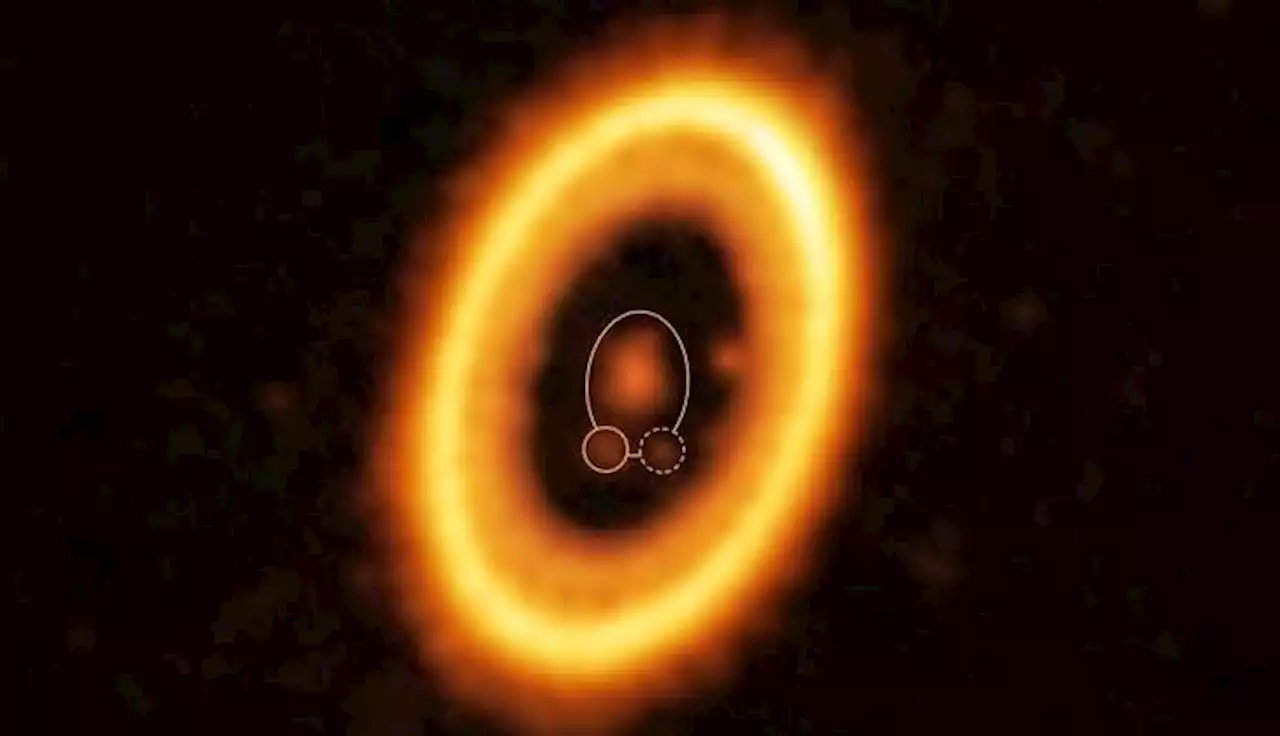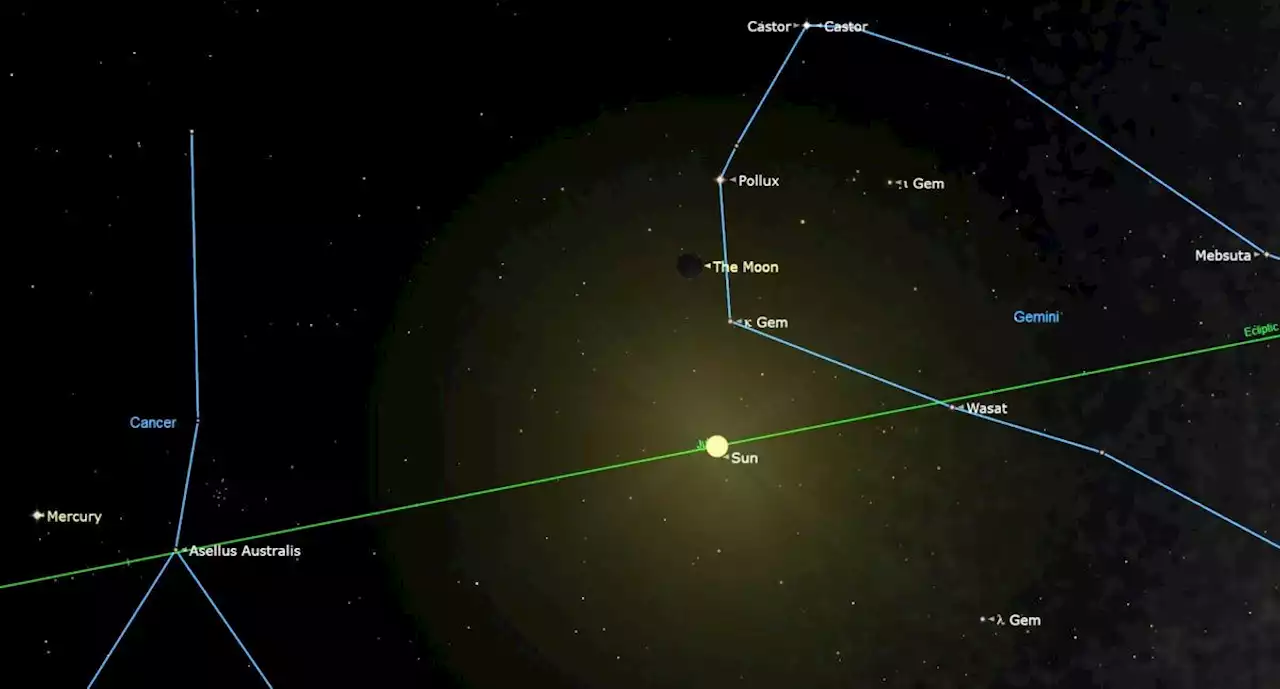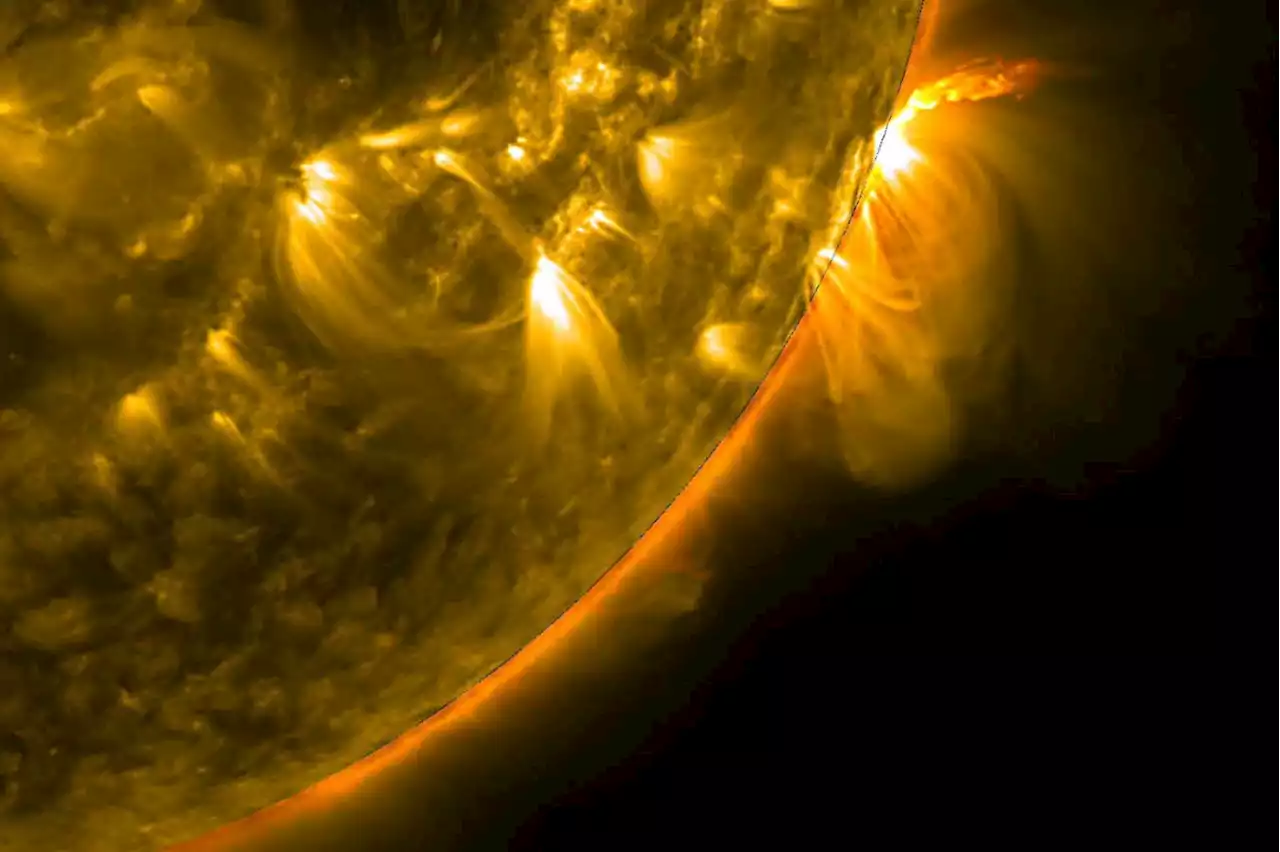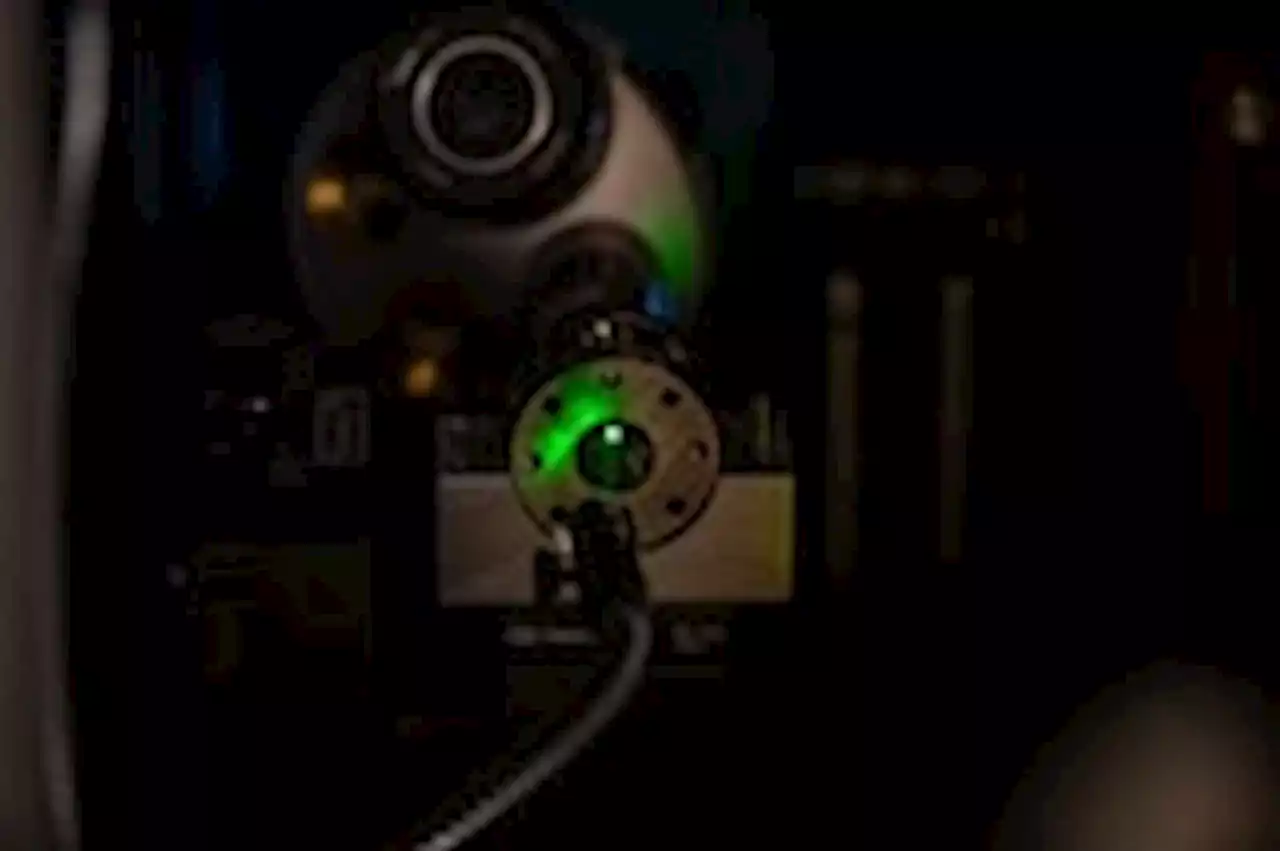A cloud of debris is seemingly orbiting around a star in the same path as another planet, in the first evidence of two exoplanets sharing an orbit.
In a solar system far, far away, astronomers have discovered evidence of possible"sibling" planets sharing the same orbit.
"Exotrojans are bodies that can be formed naturally inside the dust clouds trapped in the so-called Lagrangian zones, where the combined gravitational pull of the star and the planet can trap material," Balsalobre-Ruza and De Gregorio-Monsalvo said. "We found evidence of accumulation of dust of up to two times de mass of our moon in the expected location, i.e., inside the orbit of the planet PDS 70b and in the Lagrangian region L5, where Trojans are expected to be formed."
Argentina Últimas Noticias, Argentina Titulares
Similar News:También puedes leer noticias similares a ésta que hemos recopilado de otras fuentes de noticias.
 Astronomers discover mysterious 'Trojan' planets that share the same orbitA distant Jupiter-size planet could have the shattered remains of a smaller sibling in its tow.
Astronomers discover mysterious 'Trojan' planets that share the same orbitA distant Jupiter-size planet could have the shattered remains of a smaller sibling in its tow.
Leer más »
 Liquid Water on Rocky Planets Could be 100 Times More LikelyAstronomers previously believed that you needed a special environment for a rocky planet to have liquid oceans on its surface, with just the right temperature and surface pressure. But a new study suggests that the radioactivity from rocks could melt water. Even if the surface is frozen, there could be oceans of water beneath the surface. Researchers suggest that there could be an average of one planet per star with these conditions in the Milky Way - 100 times more likely than previous estimates.
Liquid Water on Rocky Planets Could be 100 Times More LikelyAstronomers previously believed that you needed a special environment for a rocky planet to have liquid oceans on its surface, with just the right temperature and surface pressure. But a new study suggests that the radioactivity from rocks could melt water. Even if the surface is frozen, there could be oceans of water beneath the surface. Researchers suggest that there could be an average of one planet per star with these conditions in the Milky Way - 100 times more likely than previous estimates.
Leer más »
 The July new moon offers dark skies to see 5 visible planets tonightMercury, Mars, Venus, Saturn and Jupiter will all be visible overnight on Monday (July 17), although some will require staying up late.
The July new moon offers dark skies to see 5 visible planets tonightMercury, Mars, Venus, Saturn and Jupiter will all be visible overnight on Monday (July 17), although some will require staying up late.
Leer más »
 Low-mass stars in the Milky Way galaxy harbor surprisingly strong magnetic fieldsPreviously, low-mass stars were believed to have minimal magnetic activity, making them promising candidates for hosting habitable planets.
Low-mass stars in the Milky Way galaxy harbor surprisingly strong magnetic fieldsPreviously, low-mass stars were believed to have minimal magnetic activity, making them promising candidates for hosting habitable planets.
Leer más »
 Could we put out the sun with a sun-sized orb of water?What would happen if we pushed a sun-sized ball of water into our star? The Dead Planets Society podcast dives into the possibilities
Could we put out the sun with a sun-sized orb of water?What would happen if we pushed a sun-sized ball of water into our star? The Dead Planets Society podcast dives into the possibilities
Leer más »
 The U.S. is about to open a new window into Earth’s mysterious insidesCrushing and blasting samples in the lab helps scientists look inward, re-creating the conditions of otherwise unreachably deep portions of the planet.
The U.S. is about to open a new window into Earth’s mysterious insidesCrushing and blasting samples in the lab helps scientists look inward, re-creating the conditions of otherwise unreachably deep portions of the planet.
Leer más »
